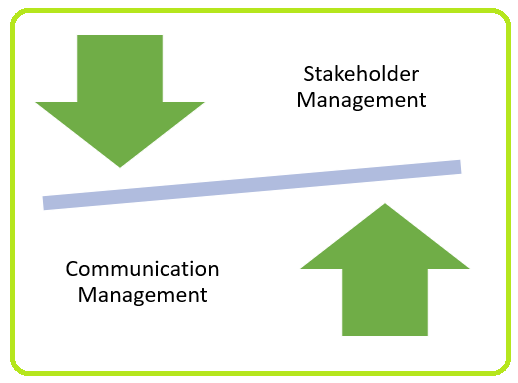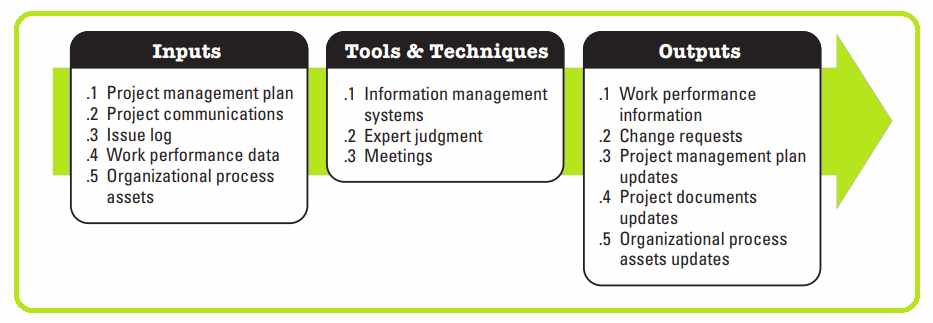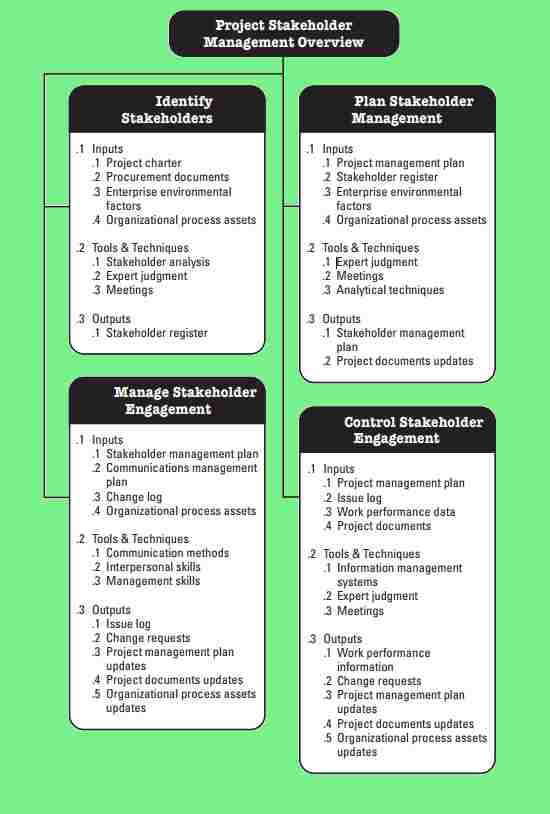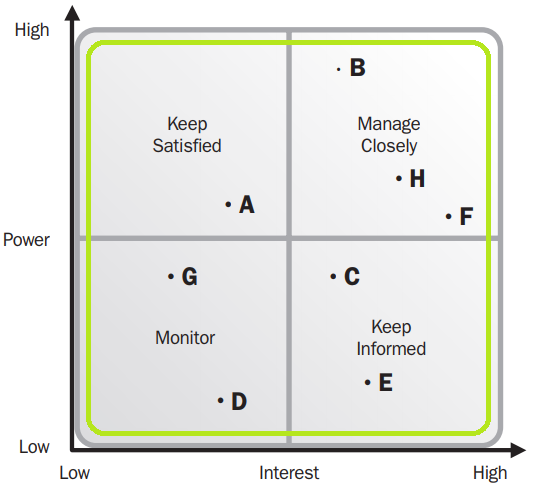Stakeholder Management: What Is It & Why Is It So Important?
Are you managing your stakeholders well? Wait, before that, do you know all your stakeholders? Have there been times when you discovered that you missed a specific requirement after completing half of the project? This might have been a requirement from an important person who was not involved to the extent he/she should have been involved. The latest survey shows that only 36% of the respondents were confident about the stakeholders and key members being bought in well to the aims and benefits of the project. Unless you have been fortunate enough to not be in an awkward situation like the above, here is your chance to stop preventing such situations from happening. Take a sneak peek into performing project stakeholder management in this article.
Who Is A Stakeholder?
Now that you know how important Stakeholder management is, let’s begin with the basics of Stakeholder Management i.e. who is a stakeholder.
A stakeholder is anyone who is likely to be impacted by a project. Broadly, stakeholders can be classified into "Internal Stakeholders" and "External Stakeholders".
Internal stakeholders are within your organization. They include your Project sponsor, Project owner, Project team, any person or team who gives inputs for the project or is benefitted by the outcome of the project. It also includes those who may be impacted negatively due to the project. E.g. Some people who may have to re-skill due to automation or may have to be moved out.
External stakeholders are outside your organization. These could be your vendors, customers, shareholders, Government, auditors, etc.
What is Project Stakeholder Management?
Managing the stakeholders and their expectations is an important factor. Due to this, Stakeholder Management is an important component of Project Management. You need to identify all project stakeholders. Small projects may have few stakeholders, while larger ones may have high numbers of stakeholders. It may not be possible to treat every stakeholder equally. Each will have different requirements and expectations. So, it is important to identify each stakeholder. This ensures that you don’t miss any stakeholders. The next step is to classify the stakeholders so that they can be involved appropriately. With both of these in place, you are less likely to miss any important requirements.
Project Stakeholder Management involves the identification of stakeholders, analysis of their influences, and expectations. Yes, they can influence project outcomes based on their power. Hence, you need to develop appropriate strategies to work with the stakeholders and execute the project. The right level of communication is required for each stakeholder. Let’s take a look at communication before digging deep into Project Stakeholder Management.
Communication Management
As per PMBOK, Project Management involves the following:
- Project Scope Management
- Project Time Management
- Project Cost Management
- Project Quality Management
- Project Communication Management
- Project Human Resource Management
- Project Risk Management
- Project Procurement Management
- Project Stakeholder Management

Project Communications Management ensures timely and appropriate planning, creation, collection, distribution, storage, retrieval, control & monitoring for disposition of project information. Communication may often have multiple dimensions that may need to be considered.
- Internal (within your project) and external (vendors, customer, other projects, and organizations)
- Formal (minutes, reports, briefings) and informal (memos, emails, ad-hoc discussions)
- Vertical (between managers & subordinates in the organization) and horizontal (this is between peers)
- Official (annual report, newsletters) and unofficial (communications which are off the record)
- Written and oral - Verbal (involves voice inflections) and nonverbal (body language)
By now you would have understood why communication is important for stakeholder management. Communication skills may include but not limited to the followings:
- Listening attentively and effectively
- Probing & questioning ideas or situations to ensure better understanding
- Finding facts to confirm or identify information
- Setting expectations proactively and managing them
- Training to increase team knowledge
- Persuading the team, a person, or an organization to perform an action
- Motivating to provide reassurance and encouragement
- Recapping, summarizing, and identifying the next step
- Coaching will improve performance and help achieve desired results
- Negotiating for mutually acceptable agreements
- Resolving conflicts to prevent any negative impact
Some of the Tools & techniques to control the communication process are shown below:

What Are The Tools & Techniques Used In Controlling Communication
Planning the project communication is crucial to project success. Inadequate planning on communication may lead to problems. These could be the communication of information to the inappropriate audience. It could also delay the delivery of messages. These can create misinterpretation or misunderstanding of information.
Communication planning is performed at the initial stages, during project management plan development. This helps the allocation of appropriate resources, like time and budget for communication activities. Communication is effective if the information is provided in the correct format. It must be sent at the appropriate time, to the right audience, and with the desired impact. Time to shift the focus to Stakeholder Management.
Stakeholder management focuses on continuous communication with stakeholders. This helps in understanding their needs and addressing issues as they occur. Managing conflicting interests immediately is one of the key responsibilities here. Foster proper stakeholder engagement in project decisions and activities. Stakeholder satisfaction should be treated as a key project objective. Planning stakeholder management includes four things:
- Identify all stakeholders: As the name suggests, identify all your internal and external stakeholders. Document relevant details regarding their involvement, interests, interdependencies, the potential impact on project success, and their influence.
- Plan Stakeholder Management: Here you will be planning appropriate strategies to ensure you will engage with your stakeholders appropriately throughout the project life cycle.
- Manage Stakeholder Engagement: In this, you check if you are able to meet all stakeholder needs. If there are issues, take appropriate corrective actions to manage stakeholders.
- Control Stakeholder Engagement: This is the overall monitoring of stakeholder relationships. Adjust the plans and strategies on a need basis.

Project Stakeholder Management Overview
How To Classify Stakeholders According To The PMBOK Guide?
If you peep into PMBOK Guide, it describes four models to classify stakeholders:
- Power/Interest Grid: Here you will group stakeholders based on their authority and level of interest. You need to consider their concerns related to the project outcomes.
- Power/Influence Grid: Here you will group stakeholders based on their authority and ability to influence the project processes or outcome. You will consider their active involvement in the project.
- Influence/Impact Grid: In this, you will include the ability to influence (Active involvement) and their ability to impact the changes in execution or planning of the project activities
- Salience Model: The salience model classifies stakeholders based on their power, legitimacy, and urgency.
Let’s look at an example of power/interest. In this grid, A to H represents some generic stakeholders.

Stakeholders classification example: Power / Interest Grid
4 Reasons Why Project Stakeholder Management Is Important
Stakeholder management is important since it is the lifeline of effective project relationships. This needs to involve establishing a sound relationship and understanding how their work is contributing to project success. You need to establish trust and maintain relevance. Important stakeholders can provide constraints or requirements based on information from their industry. This will help you understand the project risks (positive and negative) and constraints. The more you involve and engage stakeholders, the more you will uncover and reduce risks on your project.
They help in:
- Providing Expertise: Remember some stakeholders will have a wealth of knowledge. This could be on current processes, industry insight, or historical knowledge. Project managers may not be experts. Hence it is critical to have people who can provide expert advice
- Reducing Risks: The more you involve stakeholders the lesser risks you will have. During discussions on project requirements or constraints, they may come up with issues or concerns about meeting certain targets or needs. Uncovering such risks and discussing a strategy to mitigate them will dramatically increase the success of your project
- Ensure Project Success (Increase Probability): By involving stakeholders in project requirements, you will get their “buy-in". This will in turn help increase the probability of project success. Now, what if you can partially meet the requirements or say not meet certain stakeholders’ needs? These could be due to conflicting needs or priorities. Here is the chance to set expectations early in the project life cycle. Try some workaround if that helps. This will avoid any last-minute surprises. Will help you manage the relationship throughout the project, creating a Win-Win situation
- Getting Project acceptance: Regularly engage and involve stakeholders from the start. This will ensure you have a positive project conclusion. With this, the team members would have already known the delivery expectations, risks, and how to mitigate the risks. They would have reviewed draft deliverables in the process. The final acceptance will be smooth during the project closure phase.
How can you do some of these in simple ways? Well, you need to continuously check your current level of stakeholder engagement and planning levels. Now, how do you classify the engagement level?

You can use a grid-like below for your stakeholder assessment. This is also called the Stakeholder Assessment Matrix. Here C is the current position and D is the Decided or required position.

Engagement Assessment Matrix for Stakeholders
Looks simple, right? Well, it will depend upon the project and the number of stakeholders you need to manage.
Conclusion
There are enormous benefits of Stakeholder Management. This is indispensable and something you need to do proactively. There are no second thoughts to that. You also saw some of the tools and techniques you can use here. How can you perform project stakeholder management? The Key will be to identify all the stakeholders and then continuously monitor their engagement. The second part is also important. At times, managers tend to neglect that once the project starts. Ensure you consider all key stakeholders as a part of your project team. You know that they all will bring expertise and value to help ensure your project is a success. So, all the best for stakeholder management on your project.